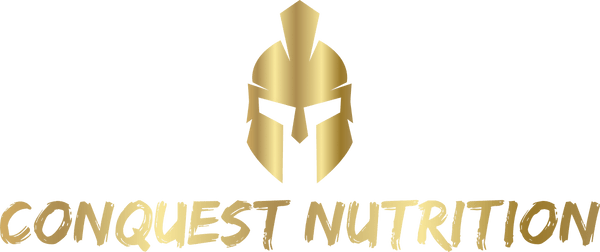Alliin
Alliin
Snapshot
Alliin is a sulfur-containing compound found in garlic that serves as the precursor to allicin, offering antioxidant, cardiovascular, and immune-supportive benefits with improved stability.


What is Alliin?
Alliin is a naturally occurring, non-volatile sulfur compound found in intact garlic cloves (Allium sativum). It is the stable precursor to allicin—the biologically active substance released when garlic is chopped or crushed. Unlike allicin, which is unstable and short-lived, alliin is odorless and more stable, making it ideal for standardized garlic supplements aiming to deliver consistent therapeutic effects.
Where It Comes From
Alliin is derived from raw garlic bulbs and is especially concentrated in aged garlic and garlic powders. When garlic is cut or damaged, the enzyme alliinase converts alliin into allicin within seconds, initiating garlic’s signature aroma and health effects. Many garlic supplements are designed to preserve this conversion by combining stabilized alliin and alliinase in enteric-coated forms.
Key Nutrients & Compounds
Alliin is a sulfoxide derivative of the amino acid cysteine. Though it is inactive by itself, it becomes biologically potent after enzymatic conversion into allicin. Garlic also contains related organosulfur compounds like diallyl disulfide, ajoene, and S-allyl cysteine, which contribute to its antioxidant and anti-inflammatory profile.
Health Benefits
Once converted to allicin, alliin exhibits broad-spectrum antimicrobial activity, helping the body fight bacteria, viruses, fungi, and parasites. It supports cardiovascular health by aiding in the reduction of LDL cholesterol, improving blood flow, and lowering blood pressure. Additionally, alliin contributes to the modulation of inflammatory pathways and oxidative stress, supporting immune balance and detoxification processes. Some studies have also explored its potential in reducing cold symptoms and supporting gut health.
Recommended Dosage
Standard garlic supplements often contain 4,000–10,000 mcg (4–10 mg) of alliin per dose, which yields an estimated 1.3% allicin conversion. For therapeutic purposes, doses of 300–600 mg of garlic extract standardized to alliin or allicin potential are commonly used. Dosage should be based on the product's stability and conversion rate.
How to Use It
Alliin-containing supplements are best taken in enteric-coated capsules to protect the enzyme activity through the stomach and allow proper conversion to allicin in the intestines. Garlic powder or aged garlic extracts also contain alliin but may vary in bioavailability. Raw garlic contains alliin naturally, but conversion depends on preparation and timing.
Who Should Use It?
Alliin is beneficial for individuals seeking natural support for cardiovascular health, immune enhancement, and antioxidant protection. It is also appropriate for those sensitive to raw garlic’s odor or gastrointestinal effects but still want the health benefits of garlic-derived compounds.
Possible Interactions or Cautions
Like allicin, alliin may affect blood clotting and should be used cautiously with anticoagulant or antiplatelet medications. It may cause mild digestive upset in sensitive individuals. Those preparing for surgery should discontinue use at least 7 days prior. Always consult a healthcare provider if using blood pressure, cholesterol, or immune-modulating medications.
Final Thoughts
Alliin offers a gentler, more stable way to access garlic’s health-promoting effects. As a precursor to allicin, it retains the potential for broad-spectrum benefits—supporting cardiovascular function, microbial balance, and immune resilience—without the strong odor or instability of raw garlic.
Scientific Studies
Lawson, L. D., & Gardner, C. D. (2005). Composition, stability, and bioavailability of garlic supplements: A review. Journal of Agricultural and Food Chemistry, 53(19), 7413–7422. https://doi.org/10.1021/jf050206p
Amagase, H. (2006). Clarifying the real bioactive constituents of garlic. The Journal of Nutrition, 136(3 Suppl), 716S–725S. https://doi.org/10.1093/jn/136.3.716S
Miron, T., Rabinkov, A., Mirelman, D., Wilchek, M., & Weiner, L. (2000). The mode of action of allicin: Its ready permeability, oxidative modification of thiols, and the cytotoxic effect on cancer cells. Biochimica et Biophysica Acta, 1463(1), 20–30. https://doi.org/10.1016/S0925-4439(99)00072-9
Chan, J. Y. Y., Yuen, A. C. Y., Chan, R. Y. K., & Chan, S. W. (2013). A review of the cardiovascular benefits and antioxidant properties of allicin. Phytotherapy Research, 27(5), 637–646. https://doi.org/10.1002/ptr.4785
